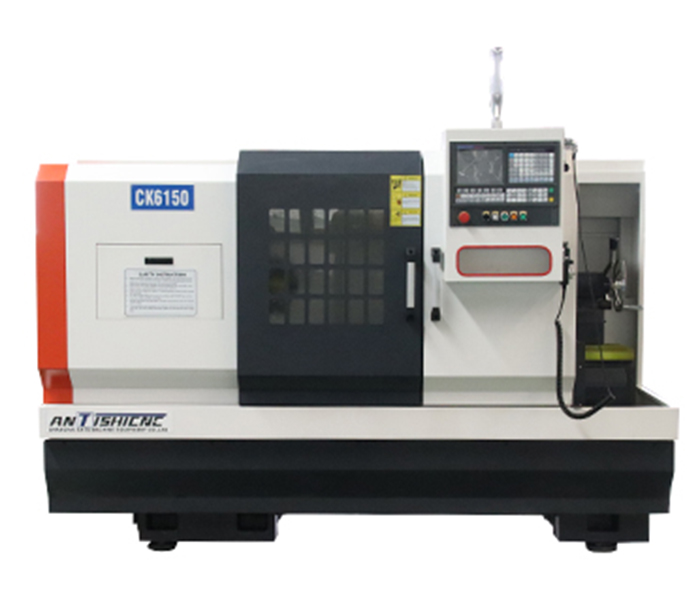With the continuous development of the manufacturing industry, digital manufacturing technology has gradually become one of the key driving forces in the production field. In this trend, CNC lathes and traditional ordinary lathes have become two important roles in the manufacturing process. This article will introduce their differences in structure and processing process, as well as their respective advantages and applicable scenarios.
1.Structural design
The structure of CNC lathes is more complex, using high-precision technologies such as servo motors and ball screws. Its design features include high precision, small impact force, small structural gap, and high rotation rate. In contrast, ordinary lathes have a relatively simple structure, but strong rigidity, which is suitable for some rough turning processing scenarios.
2.Automation of the processing process
CNC lathes have basically achieved fully automated processing, and the processing process is automatically carried out according to program compilation. This reduces manual workload and improves production efficiency, especially in the processing of complex-shaped parts. Ordinary lathes still rely on manual operation and are suitable for some simple processing, but the work efficiency is relatively low.
3.Precision and surface quality
The CNC lathe is driven by a servo motor, with smooth operation, high transmission accuracy, and large adjustable speed, which is conducive to obtaining high precision and good surface quality. In contrast, ordinary lathes may show some advantages in some simple processing, but the overall accuracy and surface quality are slightly inferior to those of CNC lathes.
4.Applicable scenarios
CNC lathes are suitable for processing parts with complex shapes and high precision requirements, such as arcs, threads, etc. Ordinary lathes have their unique advantages in simple processing and operational flexibility, especially in some rough processing scenarios.
Conclusion
In the era of digital manufacturing, CNC lathes and ordinary lathes have their own advantages and disadvantages. CNC lathes adapt to the needs of complex parts processing with their full automation and high precision, while ordinary lathes play an important role in some simple processing and high rigidity requirements. The selection of suitable machine tools should be based on specific processing requirements and workpiece characteristics, give full play to the advantages of digital manufacturing, and promote continuous innovation and upgrading of the manufacturing industry.
ANTISHI CK6150 CK6160 CNC Automatic Precision Metal Lathe Machine

| Specifications | Units | CK6150 | CK6160 |
| Swing over bed | mm | 500 | 600 |
| Swing over cross slide | mm | 280 | 395 |
| Work piece Length | mm | 850/1350/1850/2850 | 850/1350/1850 |
| Guide width | mm | 400 | 400 |
| X Max. axis travel | mm | 250 | 250 |
| Z Max. axis travel | mm | 1000/1500/2000/3000 | 1000/1500/2000/3000 |
| Spindle taper | – | MT6 | MT6 |
| Turret/tool of spindle | mm | 82 | 82 |
| Spindle speeds | mm | 150-320/300-960/500-1400 | 800/1800 |
| Tail stock sleeve travel | mm | 140 | 140 |
| Tail stock sleeve Dia. | mm | 75 | 75 |
| X/Z Rapid traverse | m/min | 6/8 | 6/8 |
| Turret type | – | 4 | 4 |
| Cutting tool size | mm | 25*25 | 25*25 |
| Spindle motor | kw | 7.5 | 7.5 |
| Machine dimension(L*W*H) | mm | 2700/3200/3700/4700*1500*1690 | 2700/3200/3700*1500*1690 |
| Weigh(about) | kg | 2500/3000/3500/4500 | 2500/3000/3500 |


